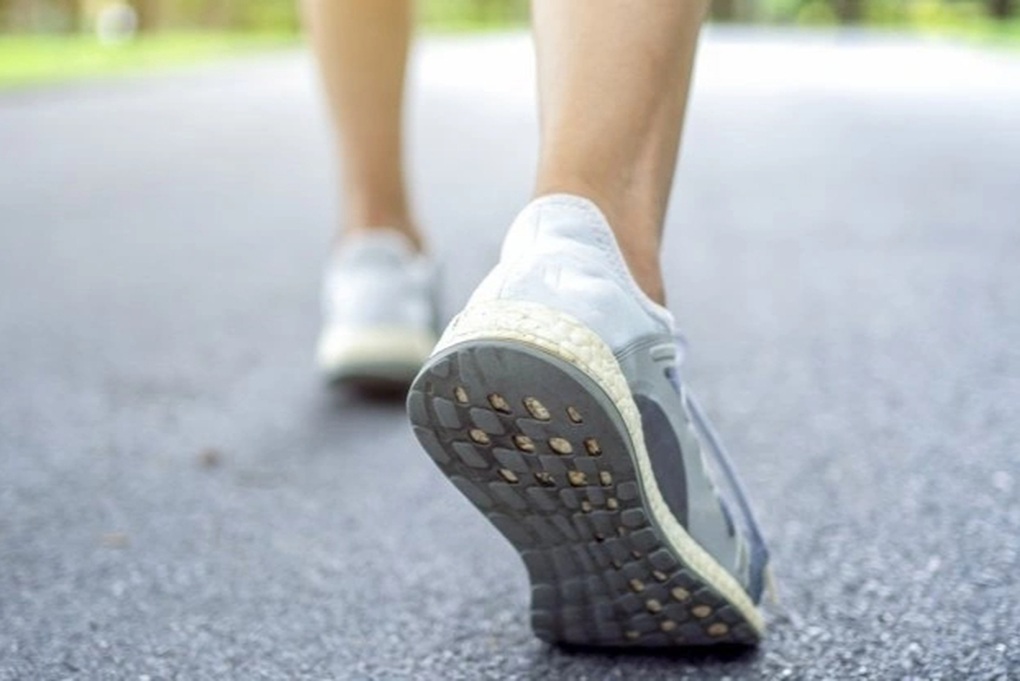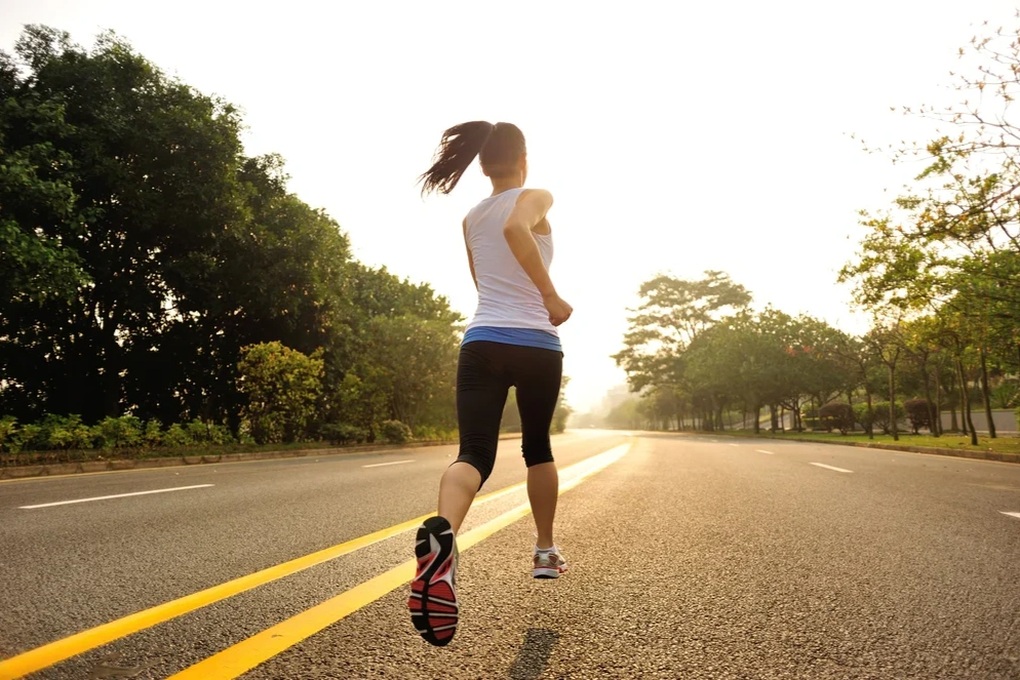
"Japanese walking" doesn't require a gym or trainer, just a stopwatch, and is suitable even for limited walking space (Illustrative image: Getty).
Requiring neither expensive equipment, complex techniques, nor a large amount of time, the "Japanese walking" method, also known as interval high-intensity walking, is emerging as an effective option for improving physical health and preventing many chronic diseases.
This method was developed by Professor Hiroshi Nose and Associate Professor Shizue Masuki at Shinshu University (Japan). Essentially, the exerciser performs a cycle of 3 minutes of brisk walking interspersed with 3 minutes of slow walking.
Fast walking intensity is described as "slightly difficult," meaning exercisers can still talk but cannot maintain long conversations. Meanwhile, slow walking is considered "easy," allowing for comfortable conversation.
This entire process is repeated continuously for 30 minutes each session, and it is recommended to do it at least 4 times per week.
Often described as a gentler version of HIIT (High Intensity Interval Training), this method doesn't require a gym or a trainer, only a stopwatch, and is suitable even for limited walking space.
Effectiveness is scientifically proven.
A study in Japan compared two groups of participants: one group practiced the Japanese walking style, and the other group walked continuously to achieve a goal of 8,000 steps per day at a moderate intensity. The results showed that the group practicing the Japanese walking style experienced more effective weight loss.
Furthermore, low blood pressure improved significantly, especially in middle-aged and older adults. In addition, leg muscle strength and overall fitness improved considerably compared to the group that walked normally.
Furthermore, long-term studies have shown that this method helps slow down age-related physical decline, supporting older adults in maintaining their quality of life and independent mobility.
Although the health benefits are clear, it should be noted that approximately 22% of participants did not complete the Japanese-style walking program. This is a higher rate than the regular walking group (17%).
This shows that maintaining this routine consistently remains a challenge, especially for those who are sedentary or have underlying health conditions.
Compared to the goal of "10,000 steps a day"

Research shows that the effectiveness of running depends not only on the number of steps, but also on the intensity and regularity of the activity (Illustrative image: Getty).
While the "10,000 steps a day" figure is often promoted as the gold standard for health, recent studies show that effectiveness depends not only on the number of steps, but also on the intensity and regularity of physical activity. Specifically, for people over 60, the ideal goal is 6,000–8,000 steps per day, while those under 60 should aim for 8,000–10,000 steps per day.
While there is no direct evidence that Japanese-style walking increases lifespan, maintaining regular moderate-to-vigorous physical activity is scientifically proven to be strongly linked to longevity and disease prevention.
In today's increasingly busy and sedentary society, Japanese-style walking is an accessible, economical, and effective method. If practiced regularly, it can be a suitable option for those wishing to improve cardiovascular health, manage weight, and maintain long-term fitness.
Source: https://dantri.com.vn/khoa-hoc/khoa-hoc-giai-ma-trao-luu-di-bo-kieu-nhat-20250607074142739.htm


































































































Comment (0)